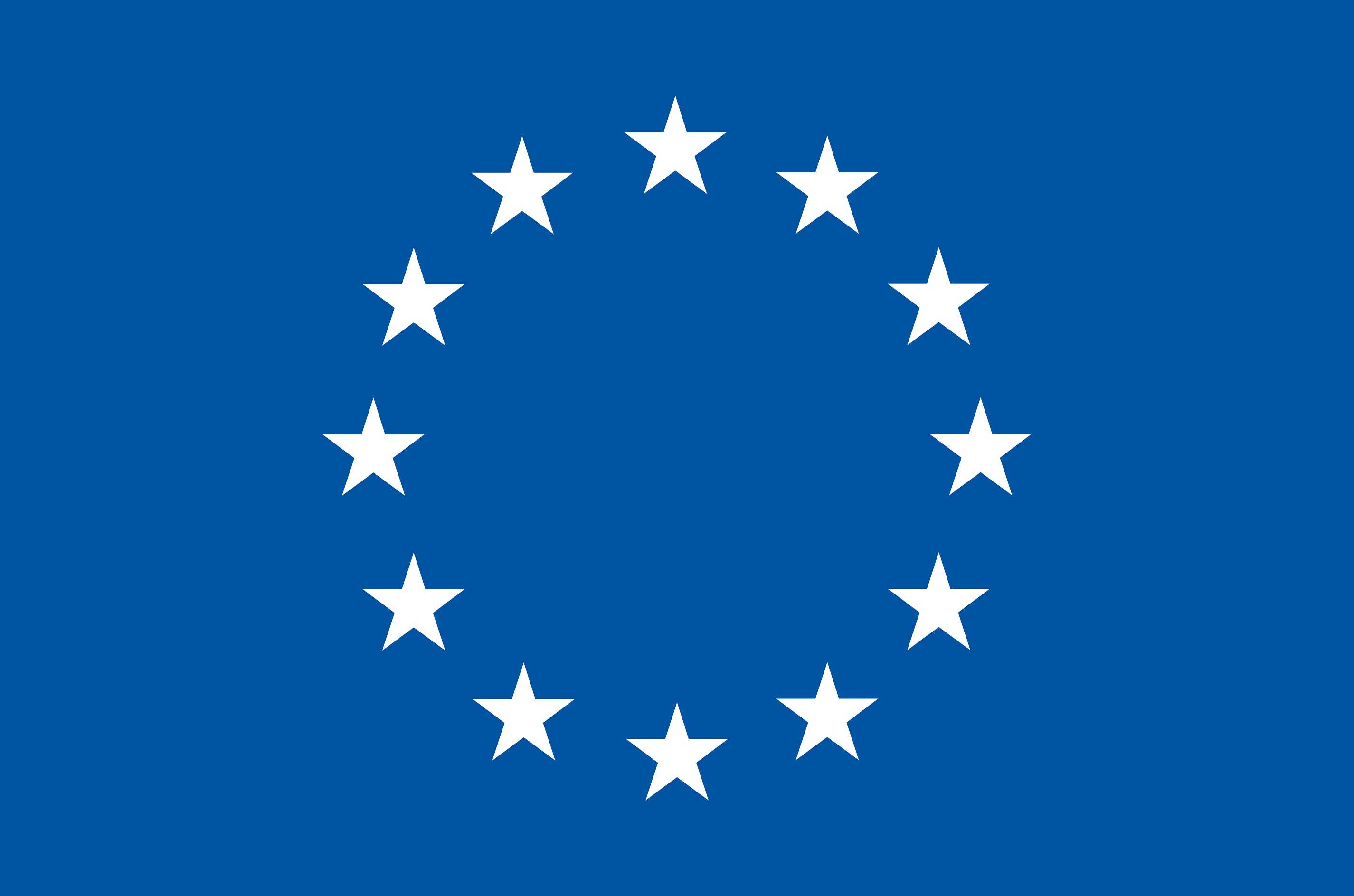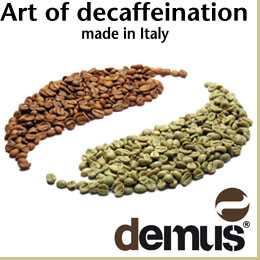MILAN – The EU intends to postpone the full implementation of EUDR, the European Union’s new regulation meant to curb the EU market’s impact on global deforestation and forest degradation, according to the Financial Times.
Brussels will put off classification of countries into low, standard or high risk, which was due to be implemented by December, instead designating every country as standard risk to give them more time to adapt to the anti-deforestation regulation, the London-based financial newspaper says in a report citing three EU officials.
“We will simply not classify which means everywhere will be medium risk — we need more time to get the system in place,” said one the officials quoted by the FT. “We have had a lot of complaints from partners. [The delay] means no country will have an advantage over another.”
Benchmarking (or traffic light) system operated by the EU Commission will identify countries as presenting a low, standard or high risk of producing commodities or products that are not deforestation-free or in accordance with the legislation of the producer country.
The EUDR system will use metrics such as the rate of land degradation and the expansion of agricultural activity as well as evidence from indigenous communities and NGOs.
As a general rule, operators (and traders which are not SMEs) will have for the pruposes of the EUDR to set up and maintain a Due Diligence System, which consists of three steps.
As step one, they would need to collect the information referred to in Article 9, such as the commodity or product which they intend to place (or make available in case of non-SME traders) on the market or export, including under customs procedures ‘release for free circulation’ and ‘export’, as well as the respective quantity, supplier, country of production, evidence of legal harvest, among others.
A key requirement, in this step, is to obtain the geographic coordinates of the plots of land where the relevant commodity was produced and to provide relevant information – product, CN code, quantity, country of production, geolocation coordinates – in the due diligence statement to be submitted via the Information System.
If the operator (or traders which are not SMEs) cannot collect the required information, it must refrain from placing (or making available in case of non-SME traders) on the market or exporting the relevant product concerned. Failing to do so would result in a violation of the Regulation, which could lead to sanctions.
If the operator (or traders which are not SMEs) cannot collect the required information, it must refrain from placing the affected products on the Union market or exporting from it. Failing to do so would result in a violation of the Regulation, which could lead to potential sanctions.
In step two, companies will need to feed the information gathered under the first step into the risk assessment pillar of their Due Diligence Systems to verify and evaluate the risk of non-compliant products entering the supply chain. Operators need to demonstrate how the information gathered was checked against the risk assessment criteria and how they determined the risk.
In step three, they will need to take adequate and proportionate mitigation measures in case they find under step two more than a negligible risk of non-compliance in order to make sure that the risk becomes negligible.
The level of checks on imports will depend on the area of origin’s classification, with EU customs authorities tasked with checking 3 per cent of goods from medium-risk nations and 9 per cent from high-risk countries.
One EU official said slowing the classification process would not involve any legislative changes in the EUDR, but was a “signal that we’re not planning to rush it”, the FT concludes.




















